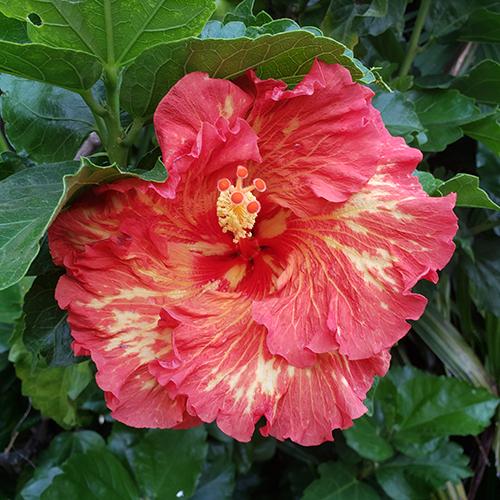
Benefits of Hibiscus
Hibiscus helped save our puppy We found a pedigree Golden retriever for sale for $50 in the local paper. At the time, they were selling
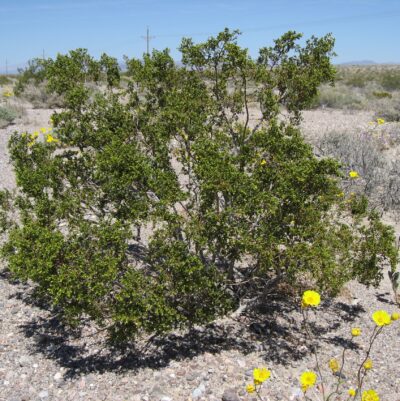
Although I had been vaccinated, I recently tested positive for Covid. One of the herbal remedies I took was an amazing desert evergreen shrub, chaparral herb, Larrea tridentata which I ground up and put in 00 capsules and took internally till I was well, a few days later.
I have been employing this herb for decades for a plethora of uses.
Humbart Santillo in his book, Natural Healing with Herbs, references it as a remedy fifty times.
Also known as creosote bush and greasewood, chaparral herb is a prominent species in the Mojave, Sonoran, and Chihuahuan Deserts of western North America.
One of my students told me that they ventured to the local desert and couldn’t find it. I told them that if you threw a stick in the desert you would likely hit chaparral and that the stick would likely be chaparral.
One of the oldest living organisms on Earth, The “King Clone” creosote ring in Joshua Tree National Park has been alive an estimated 11,700 years!
Chaparral has led to increased awareness that acceptable weight loss and antioxidant properties may inhibit the aging process so that we too may live longer.
Nordihydroguaiaretic acid, a major constituent of the resinous exudate of chaparral is one of the most powerful antioxidants known. When I was asked to make a beauty cream to sell at a local health food store, I put herbs, including chaparral, in a jar with apricot oil.
When I was actually ready to make the cream, I looked at the date on the jar. It had been eighteen months! I removed the lid and smelled the oil, expecting it to be rancid. I also tasted it. It was perfect.
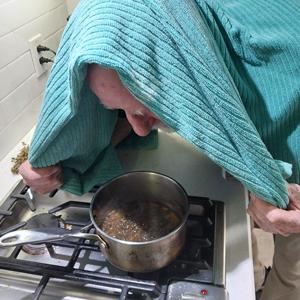
When our boys were young we went glamping in my step van in the desert. While there, we were able to go on an herb walk with an old gentleman who had lived in the desert for many years. He told us that chaparral herb could be used as a steam for lung infections and congestion.
It was cold and windy and we all had gotten congested so we placed some chaparral herb in a pan of water and pumped up the camp stove, draped a towel over our head and breathed the steam.
We took turns breathing the steam and soon enough the inside of the van was like a sauna. It relieved all of our lung conditions.
Since then, I have done the steam many times with good results.
Native Americans in the Southwest held beliefs that it treated many maladies, including sexually transmitted diseases, tuberculosis, chicken pox, dysmenorrhea, the common cold, bone and muscle pain, and snake bites.
The Coahuilla Indians used the plant for intestinal complaints and tuberculosis.
The Pima drank a decoction of the leaves as an emetic, and applied the boiled leaves as poultices to wounds or sores.
Tohono O’odham Indians prepared it medicinally for stiff limbs, snake bites, and menstrual cramps.
The shrub is still widely used as an herbal medicine in Mexico.
Commercial products containing chaparral have been sold for weight reduction and for alleged anti-inflammatory, antioxidant, and blood-purifying activities.
Furthermore, chaparral has been part of the self-medication taken by patients with HIV infection.
We normally use echinacea in combination with goldenseal and chaparral.
Studies conducted at the Institute of Traditional Medicine have shown this combination to greatly reduce the risk of infection during flu season, and to minimize the duration of infections once contracted.
Chaparral is taken in the form of tea after grinding the leaves, in capsules or in a tincture. It is pungent, not most folk’s favorite flavor. It is commercially available as tablets, capsules, and in ointments.
Teaching comprehensive holistic education since 1985.
We are currently offering interactive hybrid courses including Herbal Fundamentals, Energy Healing, Aromatherapy and Clinical Herbology
Hybrid means you may choose to participate in each individual class in the hybrid course online or in person.
All of our products are made with love from organic, all-natural and ethically sourced ingredients.
We began making and perfecting our own herbal remedies more than thirty years ago and offer our favorite products for purchase.

Hibiscus helped save our puppy We found a pedigree Golden retriever for sale for $50 in the local paper. At the time, they were selling
Hawthorn Berry Hawthorn is known as the heart herb for its many benefits as a heart tonic. The berry has been a key part of
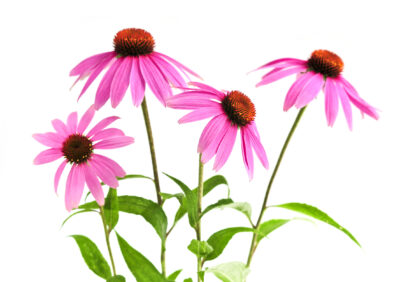
Can you take herbal supplements to arm your immune system? You probably know that zinc, vitamin D and vitamin C are gotta-have-its. How about herbal
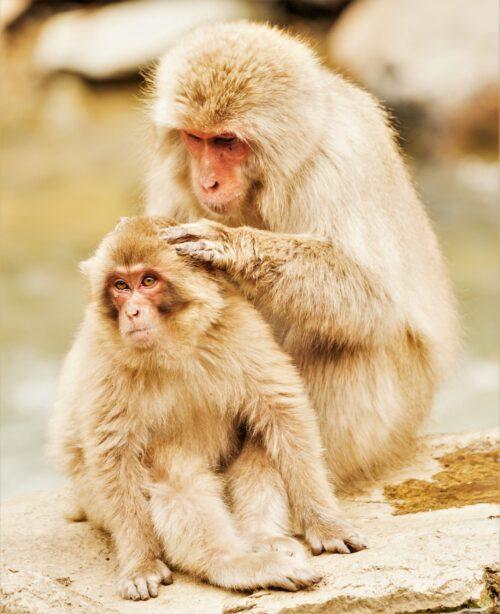
While attending San Diego State College in the early seventies, my work-study job was in the vivarium, a room for keeping and raising animals for